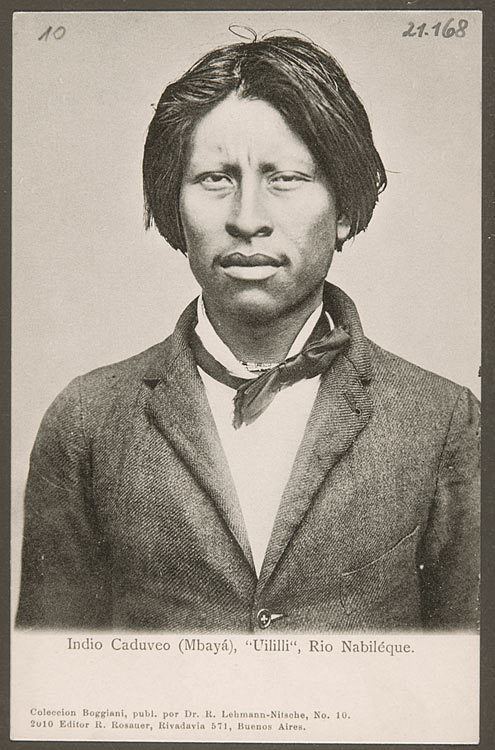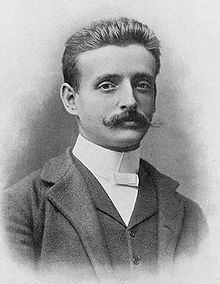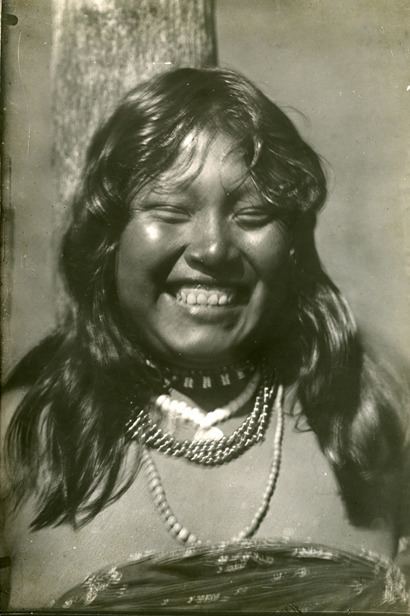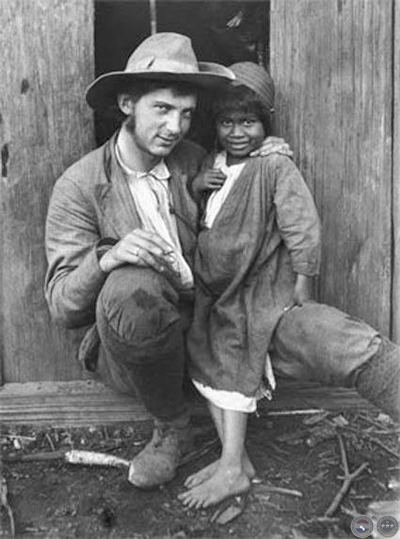Role Photographer | Name Guido Boggiani Fields Ethnology | |
 | ||
Died May 7, 1902, Puerto Casado, Paraguay | ||
Fotograf guido boggiani 1861 1901 2 ein freund und opfer von indianern chamacoco
Guido Boggiani (1861–1902) was an Italian painter, draftsman, photographer, and ethnologist who in 1887 traveled through the interior of Brazil, Bolivia and Paraguay to document the lives of Indians in the region. Now hailed as a "pioneer of fieldwork" in Italian ethnology, he was ritually killed by natives in 1902.
Contents
- Fotograf guido boggiani 1861 1901 2 ein freund und opfer von indianern chamacoco
- Guido boggiani
- Early years Italy
- Later years Paraguay
- Awards honors
- References

Guido boggiani
Early years, Italy

Guido Boggiani was born on 20 September 1861 in Omegna (Province of Verbano-Cusio-Ossola) to Giuseppe Boggiani and Clelia Gené. From his father, Giuseppe inherited a passion for the arts, especially painting. When he was 17, and after studying general culture, Boggiani went to the Brera Academy (Milan) to study painting. He was taught by Filippo Carcano, becoming a prominent landscape painter. In 1883 Boggiani exhibited six paintings for the first time in Palazzo delle Belle Arti (Rome). Among these were La raccolta delle castagne (Gathering of Chesnuts) and Scogli di Sant'Anna. His painting La raccolta delle castagne was acquired by the National Museum of Modern Art in Rome for about 6,000 pounds, a price considered high at that time. At the 1887 Exhibition in Venice, he displayed Gli ulivi a Francavilla al Mare; Sentiero a Lago Maggiore, Villaggio sul Lago Maggiore, and Ortensie.

In 1887, when 26, Boggiani undertook a journey to Argentina in order to show his paintings. In Buenos Aires he met several Italians who lived in Paraguay, and through the comments made, especially on the areas of Chaco and indigenous peoples, his fascination with Paraguay started.
Later years, Paraguay

In 1888 Boggiani went to Asunción intending to trade in cattle and hides, then began his first expedition in the Gran Chaco. With the efforts of Don Juan De Cominges he reached Puerto Casado. Here he made his first contact with the Chamacoco Indians. He returned to Italy in 1893, bringing a collection of artifacts of great anthropological value, and started writing books based on his experiences.

In 1896 he returned to Asunción. This time equipped with a camera, tripod and all the elements for the development of glass plates, he was convinced that photography was the only way to study these peoples living in their little huts. Since his subjects may well have believed that his photographs were robbing them of their souls, this was a dangerous occupation. In the end, besides his many books, his photographs (more than 500 were made from 1896 to 1901) earned him and the subjects of his art the interest and admiration of a wider audience; part of his collection was subsequently acquired by the Ethnological Museum of Berlin.
Boggiani was last seen by urban society on October 24, 1901, along with his assistant Félix Gavilan, when he left Asunción towards the Gran Chaco. In October 1902 Boggiani wrote for the last time to his brother Oliveira, writing of details of the expedition. It wasn't until 1904 that the Italian community of Asunción organized an expedition, led by the Spanish explorer José Fernandez Cancio, and on 20 October 1904 found the remains of Boggiani with his skull destroyed. It is supposed that the Chamacoco had split his head to prevent Boggiani and his camera from exerting more harm to their souls; in 1902 the American Anthropologist reported he had been killed "presumably at the hands of the Tobas Indians." His camera was found buried, and it is assumed many negatives too are buried. The actual remains of Boggiani are in a tomb in the Italian cemetery of Asunción.
Boggiani's work could be saved thanks to the Czech explorer and botanist Alberto Vojtěch Frič (1882–1944), who went to Paraguay a few years later and was able to recover all his belongings, thanks to his good relations with the natives. His grandson, Pavel Frič, later succeeded in developing all of the photographs, and the collection is reproduced in Guido Boggiani, Photographer (1997).
Awards, honors
In Italy Boggiani was awarded, among others, the gold medal "Monaco di Bavaria." A museum in the town of San Lorenzo (Paraguay) bears his name, the Museum of Archaeology and Ethnography Guido Boggiani. A street in Asunción, Paraguay is also named after him.
